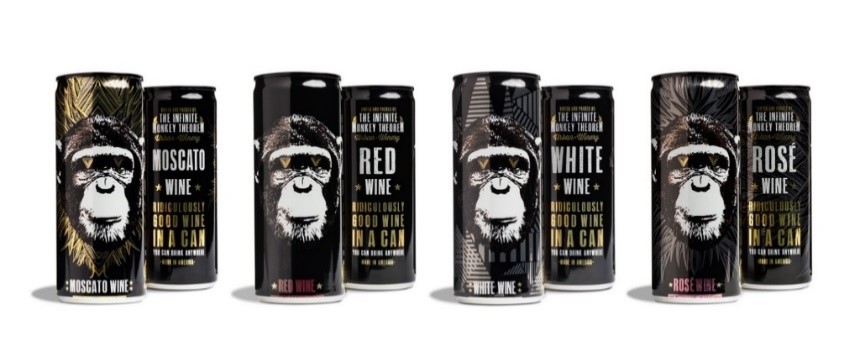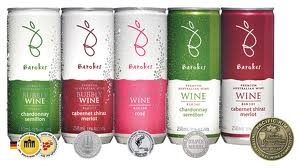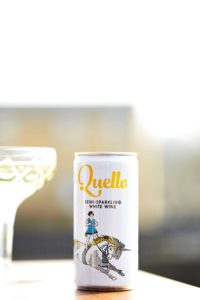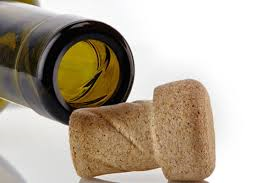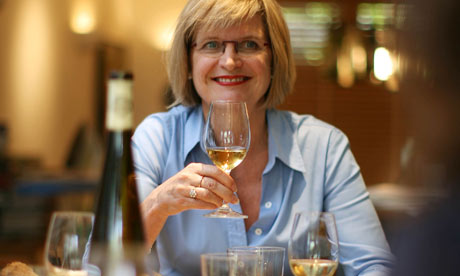-
Wine in can: some data
Canned wine is not going to be a trend but a true phenomenon, at least in the USA.
In Italy, the “alternative” packaging (other than glass or wood) was admitted in 1982 and there are several companies that produced or still produce wine in cans such as Giacobazzi, Cavicchioli, Medici, Folonari, CIAO, Terlato, Stella, Mascareri, Mionetto, Presto, Donelli, Scarpetta. Even in France the wine in can is getting more and more room and it has been even presented at Vinexpo 2017.
Anyway, even if the traditionalist countries remain skeptical, in USA the sales of wine in cans rose 43% from June 2017 to June 2018. Basing on that, it can be really useful the first quantitative research focused on wine in can led by Robert Williams Jr., in Susquehanna University’s Sigmund Weis School of Business, in collaboration with the colleagues Helena Williams and Matthew Bauman of Texas Tech University. It is a quantitative study based on different approaches, including surveys aimed at capturing the motivations and perception of consumers about the canned wine. More specifically, 1000 subjects (consumers) aged between 21 and 88 (mainly) from USA were interviewed. A study that brought Williams to conclude that: “wine in a can is not a passing trend and is gaining a positively perceived positioning“.
-
Wine in can: the research
Here are the results of the study:
- This trend began as early as 1936 when the first canned wine was born; it was not that successful due to problems with the internal coating, problems solved in 1996 thanks to Barokes (Australia) with a Vinsafe patent
- It is a new and additional category that can help increase the sales of a company and does not act as a substitute for bottled wines
- These first results, in fact, show that the traditional methods of segmentation used in the wine market are not suitable for wine in cans
- 60% of respondents are aware of the existence of wines in cans but only 40% are able to remember a brand emphasizing that companies have not sufficiently or effectively invested in creating an image that would allow consumers to remember the brand
- The 5 motivations that are pushing sales of wine into cans are:
– Convenience
– widening wine consumption opportunities (ex. Pic-nic)
– sustainability/cost reduction
– brand and image
– quality: an important element to underline is that they are not inferior wines; Sans Wine, for instance, markets a Cabernet Sauvignon in can (375 ml) from Napa Valley for 25 $ and it is rated 90 points by the prestigious Wine Enthusiast magazine.
To discover more I have interviewed Roberta Sergio who imports Italian wine in can to UK where her company is based and in many other countries: “Quello” semi-sparkling wine in can, a blend of Trebbiano and Pagadebit grapes from independent producers in Italy’s Emilia-Romagna region, naturally fermented without adding carbon dioxide (pasteurized).
1. Tell me more about you and your brand, Roberta I moved to England more than 10 years ago when I launched my distribution company 100cl wine to distribute Italian wines able to meet the English taste in Bag-in-Box. In 2016 I wanted more, something more innovative thus “Quello” was born (now I have at least 5 or 6 competitors). A courageous bet that emerges from the chosen logo: a woman on a unicorn, a packaging that has been successful as well.
- How “Quello” has been perceived in London?
England in general and London in particular are quite open so I have had a good success since the very beginning attracting the interest of some journalists as well. This is why I decided to also apply to some wine contests: Quello has got the bronze medal at the IWC, for instance.
Initially I took advantage of the clients I already worked with but then I expanded the market and created a separate channel for wine in can that now benefits from a higher market position. It is not available in the supermarkets but in wine specialized shops.
- What is your experience in more “traditional” countries like Italy or France?
Italy is the most difficult country where there is still a local vision as each area (or region) produces its own local and traditional wine: see the difficulty of finding southern wines in the North or finding and appreciating wines from the New World. The situation is better in France where the wine in can has its own space also thanks to the use for cocktails and the communication pushed by Campari for example, I also sell in France. By the way there are fewer opportunities in wine-producing countries, such Italy, France or Spain, so I am more focused on countries like Holland or Switzerland.
Wine in can is the wine of a single who does not want to open an entire bottle, the right dose for cocktails; the wine for festivals and public events where glass is prohibited. In short, also thanks to the Millennials, wine in cans is getting more and more space leveraging on sustainability, its casual and practical attitude.
We’ll see.



